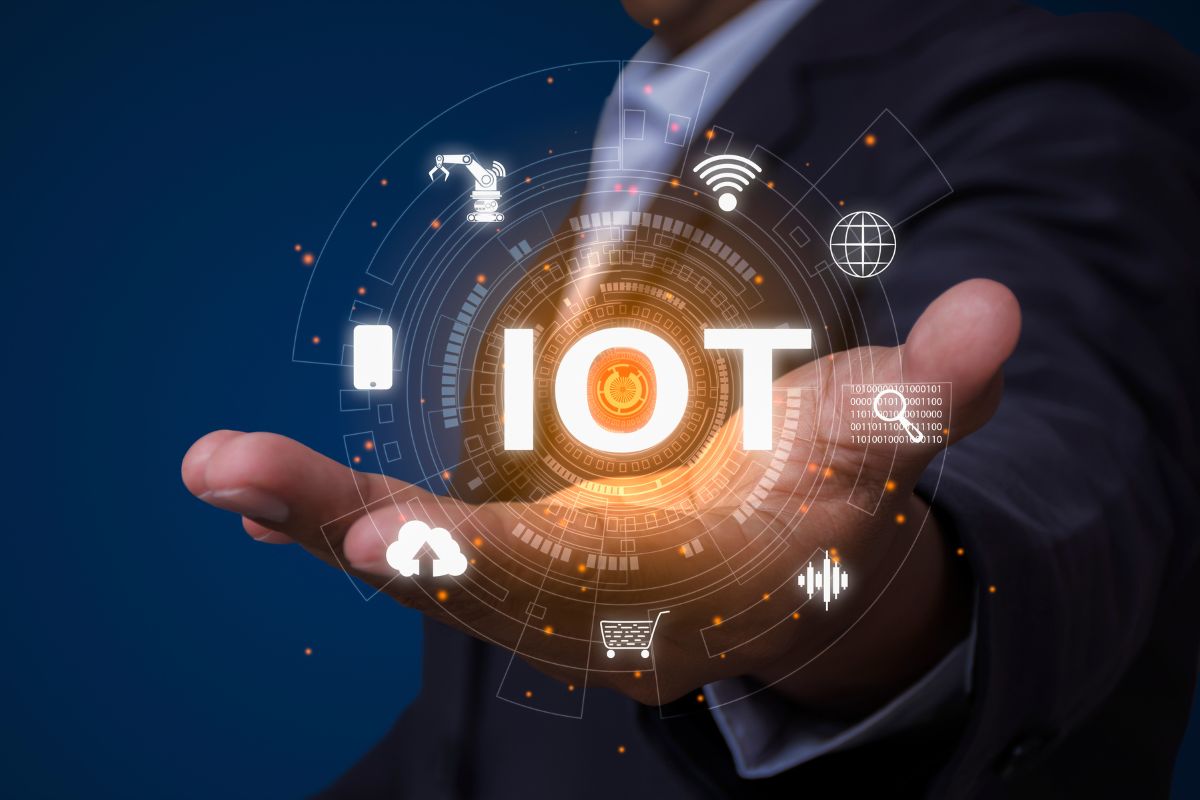The Internet of Things (IoT) has become a cornerstone of modern living, fundamentally reshaping how we interact with our homes and surroundings. From automated lighting systems to voice-activated assistants, smart homes symbolize a leap in convenience, efficiency, and connectivity. But IoT’s influence extends beyond smart homes, driving innovations in healthcare, urban development, and energy management.
This article explores the transformative impact of IoT on modern living, its applications, and the possibilities it holds for the future.
The Rise of Smart Homes
What Are Smart Homes?
Smart homes integrate IoT technology to create an interconnected environment where devices communicate seamlessly. These homes utilize smart appliances, sensors, and software to offer convenience and efficiency.

Key Features of Smart Homes
- Home Automation: IoT enables automated lighting, temperature control, and security systems. For example, smart thermostats like Nest adjust based on occupancy patterns.
- Voice-Activated Control: Virtual assistants like Amazon Alexa or Google Assistant allow voice commands to manage daily tasks.
- Energy Efficiency: Smart meters track energy consumption, helping homeowners optimize usage and reduce costs.
Benefits of Smart Homes
- Convenience: Manage your home remotely through mobile apps.
- Enhanced Security: Smart locks and surveillance cameras offer real-time monitoring.
- Cost Savings: Automated systems optimize energy usage, reducing bills.
IoT’s Impact Beyond Homes
Healthcare Innovations
IoT-enabled devices such as wearables monitor vital signs, track fitness goals, and send real-time data to healthcare providers. Devices like Fitbit and Apple Watch empower individuals to take proactive health measures.
Smart Cities
IoT drives urban development with applications like:
- Smart Traffic Management: Sensors optimize traffic flow and reduce congestion.
- Sustainable Infrastructure: IoT-based waste management systems enhance urban cleanliness.

Industrial IoT (IIoT)
In industries, IoT improves operational efficiency through predictive maintenance and real-time monitoring, minimizing downtime and increasing productivity.
Challenges in IoT Adoption
Data Privacy Concerns
With increased connectivity comes the risk of data breaches. Securing personal information is critical as IoT devices collect sensitive data.
Interoperability Issues
Devices from different manufacturers may lack compatibility, leading to fragmented systems.
High Initial Costs
While IoT technology offers long-term savings, the upfront investment can be a barrier for many consumers.
The Future of IoT in Modern Living
AI-Driven Smart Systems
Artificial Intelligence (AI) will enhance IoT capabilities, enabling smarter decision-making and predictive analytics. Imagine homes that anticipate your needs before you voice them.

IoT and 5G
The rollout of 5G networks will amplify IoT’s potential by offering faster and more reliable connectivity, enabling real-time data sharing.
Sustainable IoT Solutions
IoT can contribute significantly to sustainability goals, such as reducing carbon footprints through energy-efficient devices and systems.
Conclusion
The Internet of Things is revolutionizing modern living, with smart homes as just the beginning of its potential. From enhancing daily convenience to reshaping urban landscapes, IoT’s impact is profound and far-reaching.
As technology evolves, IoT promises to make modern living more connected, efficient, and sustainable. Embracing this technology today sets the foundation for a smarter, more innovative future.
